You don't need to teach your dog to lie down, but you do need to nail the 'sit' command — by top trainer Ben Randall
A reader writes this week to ask Ben how to persuade her dog to lie down on command — but is it really something she needs to teach?

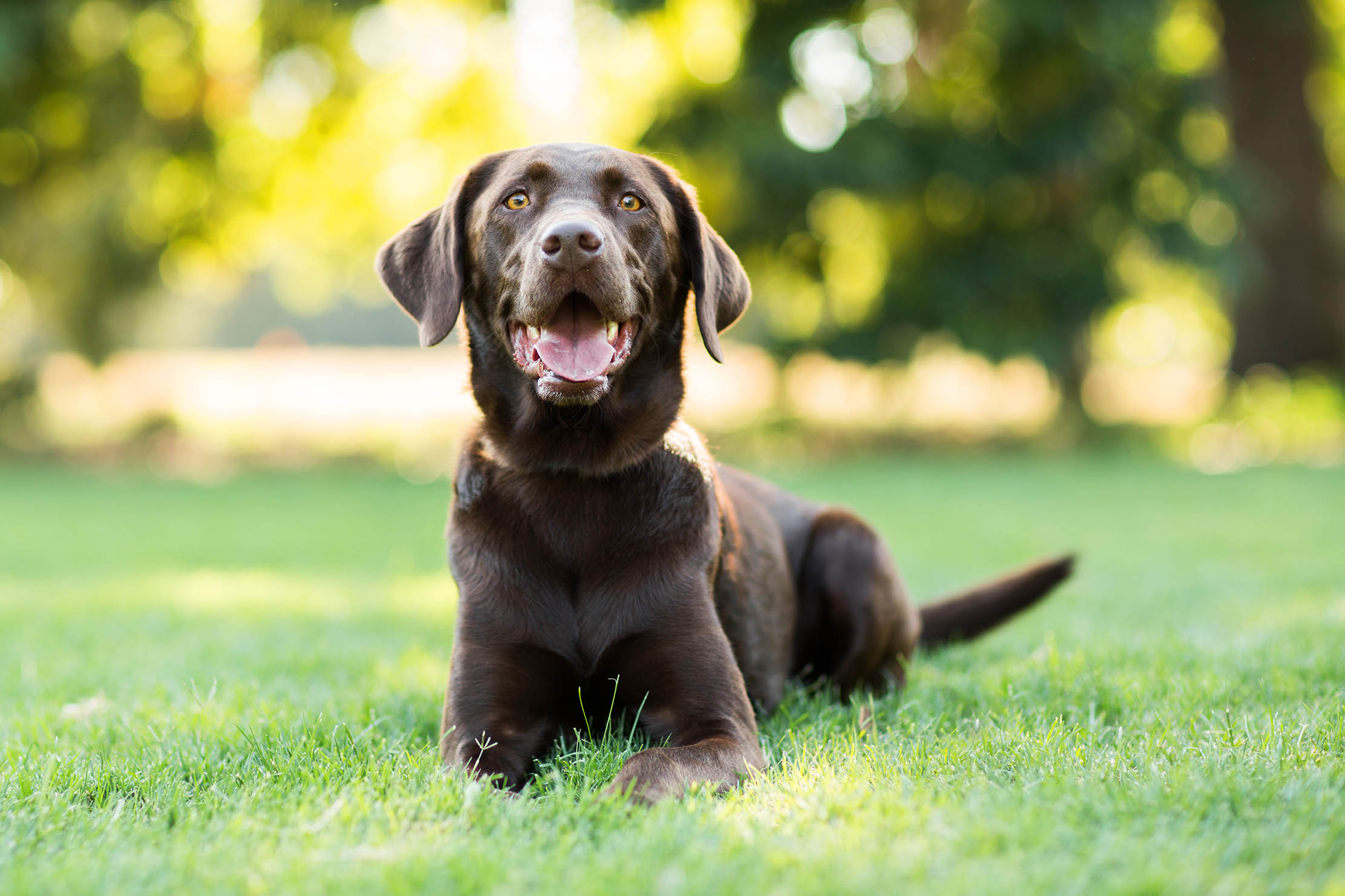
In recent years, it has become fashionable — particularly at pet-training classes — to teach dogs a ‘lie down’, ‘down’ or ‘down, stay’ command.
If the 'lie down' command works for you, that's great. But if not? I wouldn't worry too much, because the 'sit' command is usually enough.
I don’t actually teach the ‘lie down’ command to my dogs. I feel that if we ask a dog to sit, it'll act the same way that we humans do: if we decide to sit in a chair when we get comfy or tired, we’ll often slump or relax, with our feet up on our sofa. So a dog asked to sit for a while will probably end up lying down anyway. 'Lie down' as a command can be useful in certain specific instances (we'll talk about those later), but for most owners it seems a little superfluous to me — an extra thing for your dog to remember that you may not even need to teach.
I get so many clients coming to me who say: ‘My trainer says that I should never use my dog’s name.’ Which seems plain daft to me — you don’t need: ‘Bertie, come’, ‘Bertie, sit’, ‘Bertie, stay’ or ‘Bertie, down’, etc. All you need is to say: ‘Bertie’, then blow a few pips on an Acme whistle. And, in addition, ‘sit’ should mean ‘sit and stay’ in all situations. There's absolutely no need to overcomplicate things and try to teach too many commands.
This is exactly the dilemma being faced by M.R. from Devon, who has written to us via our paws-for-thought@futurenet.com email address to ask whether or not she needs to teach her young pup the ‘down’ command:
Dear Ben, I’ve recently acquired a miniature poodle x Jack Russell terrier puppy and have been told — at our weekly obedience class — that I need to teach him the ‘down’ command, so that he will lie down whenever I ask him to or when we are waiting to cross a busy road. However, I am not sure that I really need to do this and I am concerned that so many different commands might confuse him. What do you think?
My dogs understand that when I say ‘in’ and point to their bed or crate, they know it’s their place to relax and sleep. Hence, I never need to say ‘down!’ or ‘stay!’.
In addition, if and when I ask my dog to sit in a different area for a duration of time — if I 'm doing a chore in the kitchen, hallway or garden, for example, or I'm out on a walk and stop to chat to someone — they know they need to stay exactly where they are until I give them another command.
Exquisite houses, the beauty of Nature, and how to get the most from your life, straight to your inbox.
The added benefit of this is that, because my dogs are very relaxed, patient and they trust me implicitly, they’re so comfortable with being asked to ‘sit’ that they naturally relax and chill, like they do in their bed space area.

I know some people might want their gundogs to lie down in some situations — say if they’re waiting by your side in a pigeon hide or by a flight pond — but I prefer to keep my dogs in the sit position so that they can see to mark birds down.
However, I can see, from a pet training viewpoint, that this command could be useful if, for example, you regularly take your dog to the coffee shop or on the train. As previously explained, if I asked my dogs to sit by my side in any environment, whether that be in the town or the countryside, they would relax and lie down (of their own accord) in no time. But if your dog is not as relaxed as mine would be, I can understand the benefits of being able to say ‘down’ in the coffee shop. Nonetheless remember that down is not a magic word — especially if your sit isn’t good.
So, if you are unhappy with your dog’s ‘sit’ and he is constantly fidgeting and moving, then in most cases your ‘down’ will be equally unsteady. Therefore, you’ll need to focus on your dog’s sit, being sure to gradually build up the duration that they will remain patiently still and quiet in ever more distraction-filled environments.
I’ve been perfecting my BG (Beggarbush) foundation methods for nearly 20 years and understand that teaching your dog to ‘sit’ or ‘lie down’ and relax is extremely important for both a happy and safe life, both at home and when out walking. You can learn more via @beggarbush on Instagram and my dog-training app (this link will let you get a free trial) or ask me your own question by emailing paws-for-thought@futurenet.com.
Ben’s five steps to teach your dog to sit, every time you ask it to:
1. Use your dog’s meal times to teach the sit
A good time to practise the sit with a young or an old dog is around meal times. I start with the food bowl in one hand and with the flat palm of my hand facing the dog, so I am standing above the dog and it’s looking up at me. Usually, when the dog sees the food bowl, it will naturally lower itself into the seated position. And, as soon as he or she does this, I say the command ‘sit’.
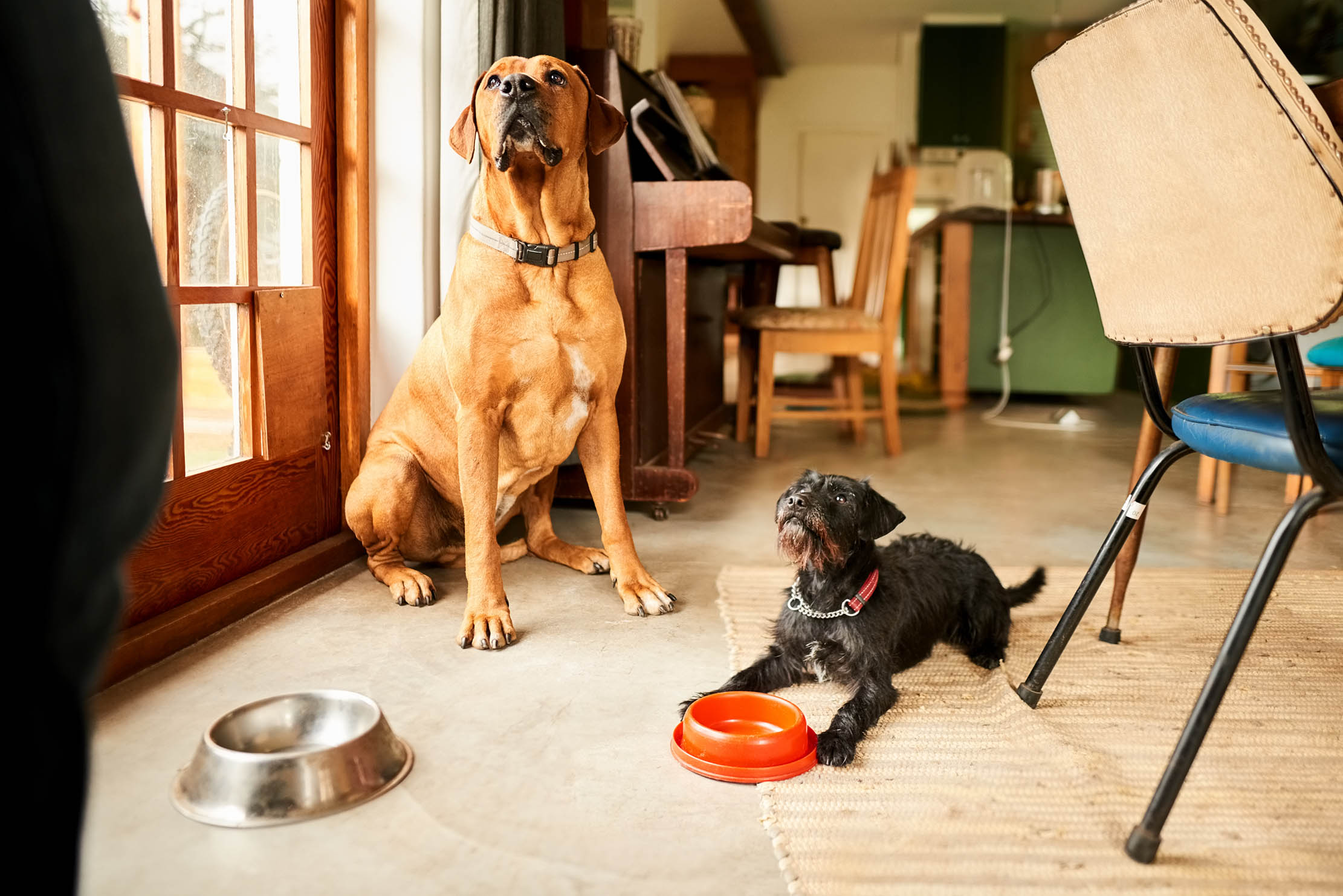
Next, I take a piece of kibble from the bowl and reward the dog, then I repeat this process two to three times. Once I am happy the dog is waiting and pausing before he or she gets the reward, I move on to stage two.
2. If your dog sits nicely, send it towards the food bowl
The dog is asked to sit as in stage one. The food bowl is then placed on the floor, but you will have to have good timing if the dog decides to move before you tell it to. Once the dog is sitting for a period of time in a calm and relaxed manner, give the ‘ok’ or ‘fetch’ command, as a way of releasing your dog from the sit position and allowing it to eat its food from the bowl as a reward for sitting patiently when asked.
3. What if the dog will not sit and keeps moving towards the food?
As soon as the dog moves out of the sit position towards the food, stop the dog by putting one hand on its chest and one hand on its collar, and giving the ‘sit’ command. Then release your hand and, if the dog moves, hold on to it once more. The dog will soon start to realise that, if it moves, it will not get the food reward.
4. Ask your dog to sit and stay while you do something else
Once the sit and the patience is starting to sink in with your dog, ask him or her to sit quietly in an area within the room whilst you prepare their food. Place the food down on the floor in the usual place where you feed your dog. Once the food is on the floor, continue clearing up or putting the kettle on and gradually increase the period of time that you ask your dog to sit and wait before sending it for its food.
Once you are happy that your dog is sitting patiently for its food, and a good period of time has passed, walk towards your dog and reward him/her with the fetch command (or, in other words, go and eat your food!).
One of the key things with this exercise is that all the dog’s enjoyment and reward is coming from you, which will help to build a stronger bond, trust and better partnership.

5. Do this exercise in the garden, too
Once steps 1-4 are fully established, use the lighter mornings and nights in the spring and summer to practise this outside, so your dog gets used to doing it inside and out in multiple different environments.
In conclusion, the more patient your dog becomes, the more relaxed it will be with you in different environments and the stronger the trust and bond you will create with your dog. By instilling this training, your dog will come to understand your commands so well that they’re not worried and never have to think: ‘I’ve got to watch dad at all times and keep an eye on the door and other people and dogs, etc, just in case they pose a threat.’
If I ask my dogs to sit next to me in a coffee shop and they lie down, they don’t feel the need to jump up, pull, bark or lunge when anyone walks through the door or comes close to our table, because I’ve reassured them by being calm and giving the ‘sit’ command, they know everything is fine and they can just switch off and relax.
For more detailed advice about Ben Randall’s positive, reward-based and proven BG training methods, one-to-one training sessions, residential training or five-star dog-boarding at his BGHQ in Herefordshire, telephone 01531 670960 or visit www.ledburylodgekennels.co.uk. For a free seven-day trial of the Gundog app, which costs £24.99 a month or £249.99 a year, visit www.gundog.app/trial

Credit: Getty Images/EyeEm
How to help a dog who's scared of going places in the car, by expert trainer Ben Randall
A retired greyhound with an unknown past is the subject of this week's advice article from our resident dog whisperer

How to teach a dog tricks, by expert trainer Ben Randall
If you want to teach a few party tricks to your pup you'll need to tread carefully, explains Ben Randall.

Credit: Alamy
How to take your dog to the pub, by expert trainer Ben Randall
Enjoying a drink in a lovely country pub with your dog snoozing quietly at your feet is one of the
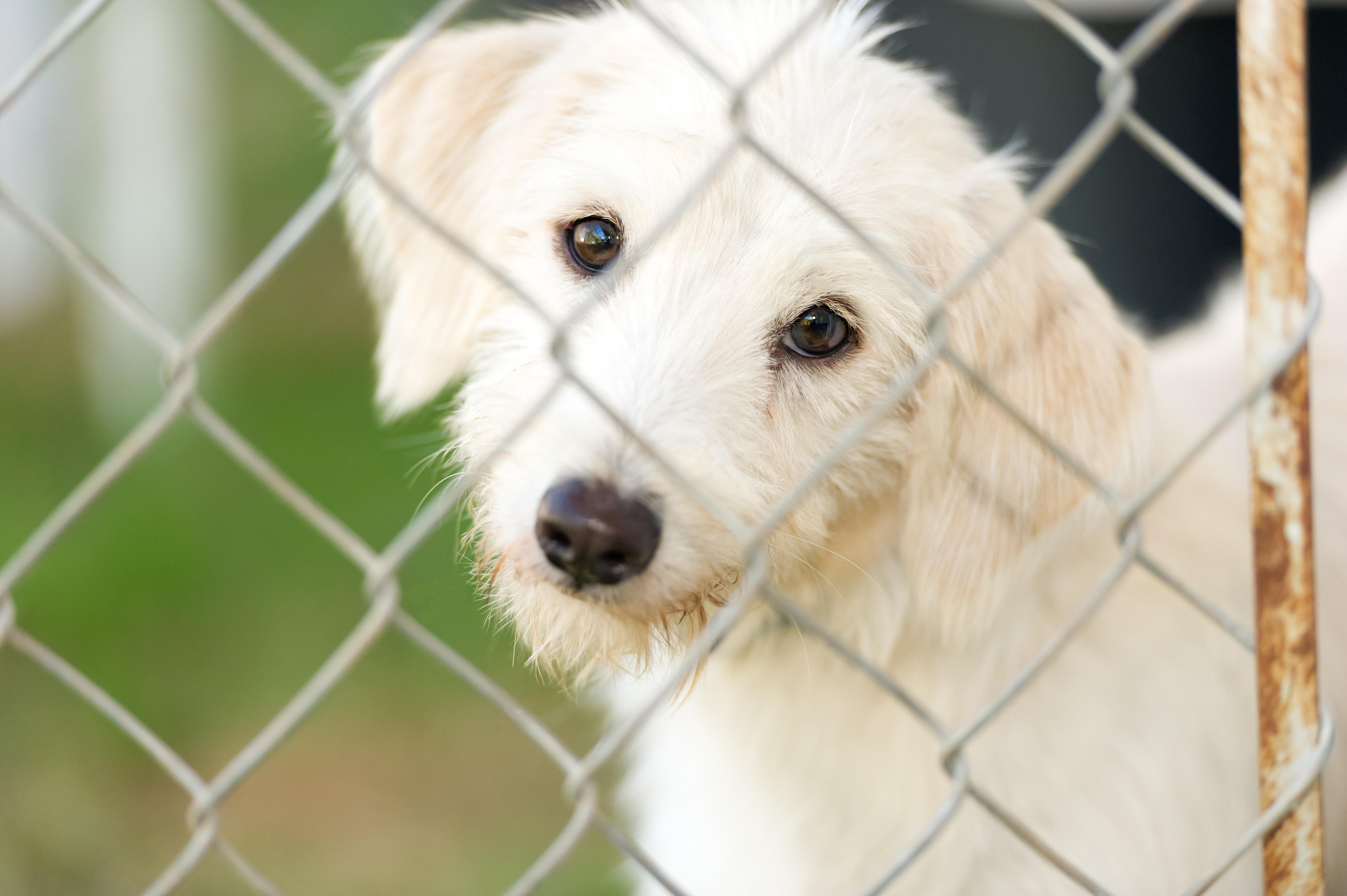
How to choose a rescue dog, by expert trainer Ben Randall
Adopting a dog in need of a new home can be a fabulous experience that will transform your life for
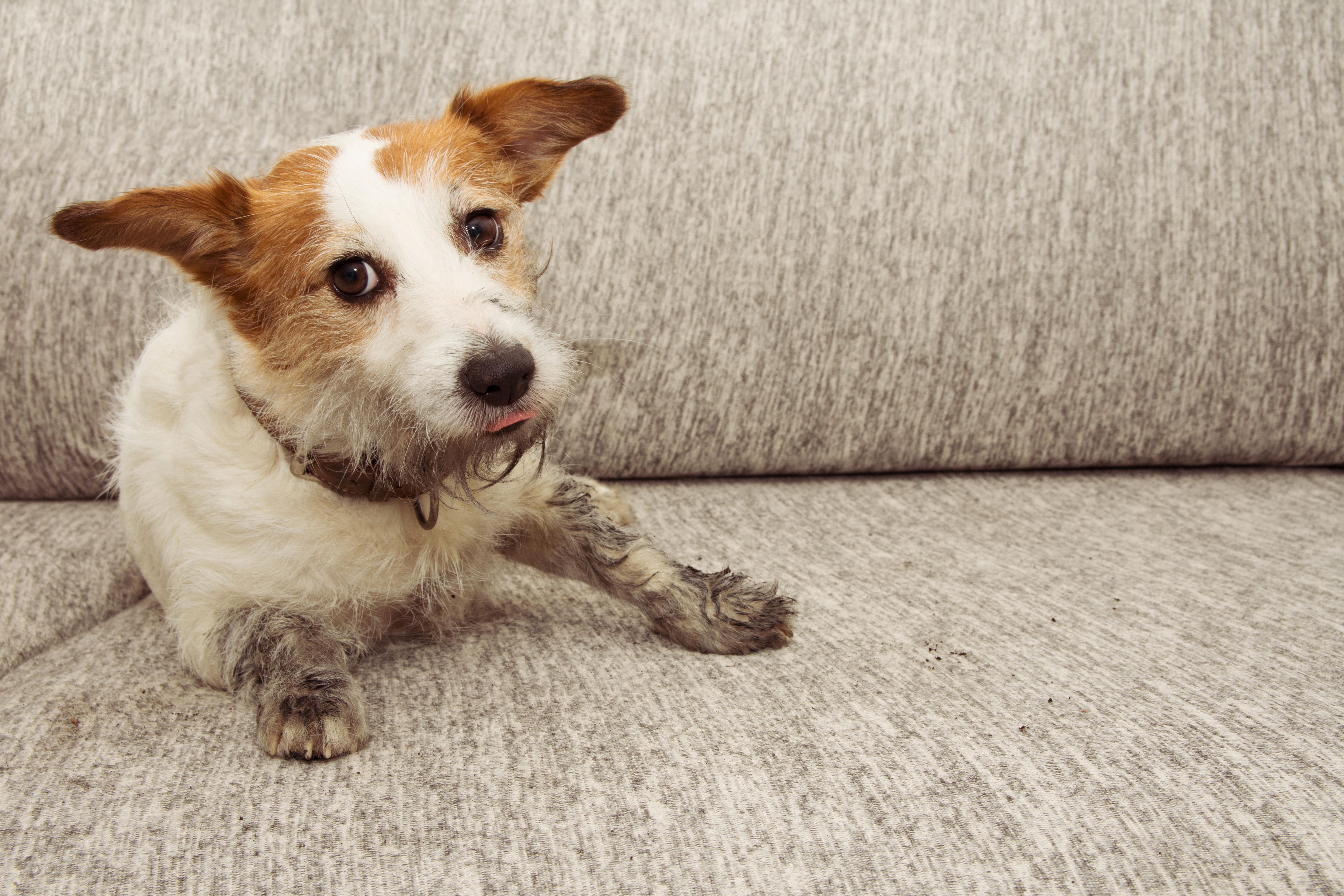
Credit: Alamy
How to keep a dog off the sofa, by top trainer Ben Randall
Fed up with Fido leaping onto the furniture — whether it's your sofa, armchair, or your bed — whenever he
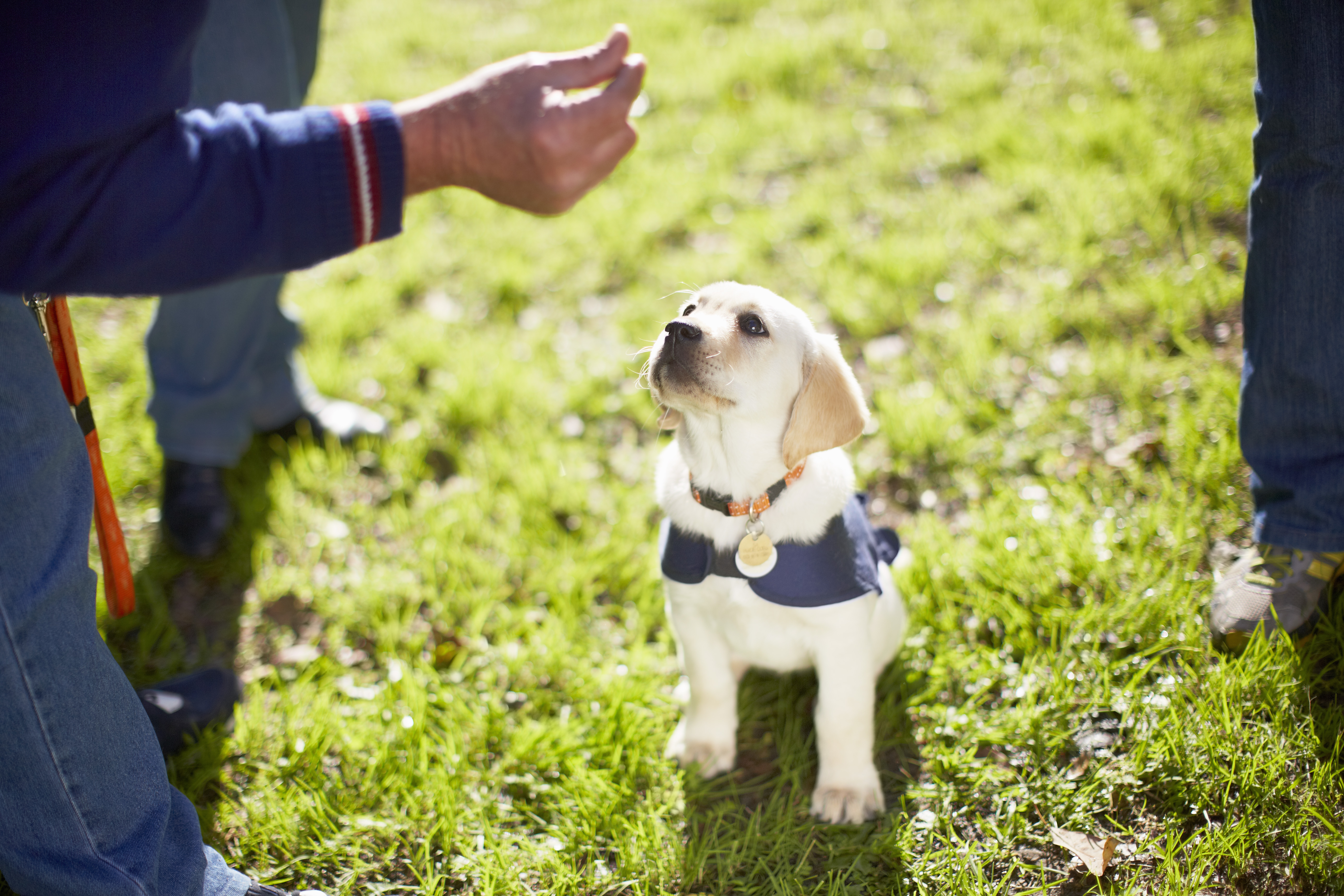
Credit: Getty Images/Westend61
How to teach a dog to sit: Five tips from leading dog trainer Ben Randall
Teaching your dog to sit is one of the most important things you can do — and it will help with

Credit: Alamy Stock Photo
How to stop a dog chasing cars: Six tips from top dog-trainer Ben Randall
Watching your dog run after traffic can be heart-stoppingly scary — but it's also a difficult habit to break. Ben Randall,
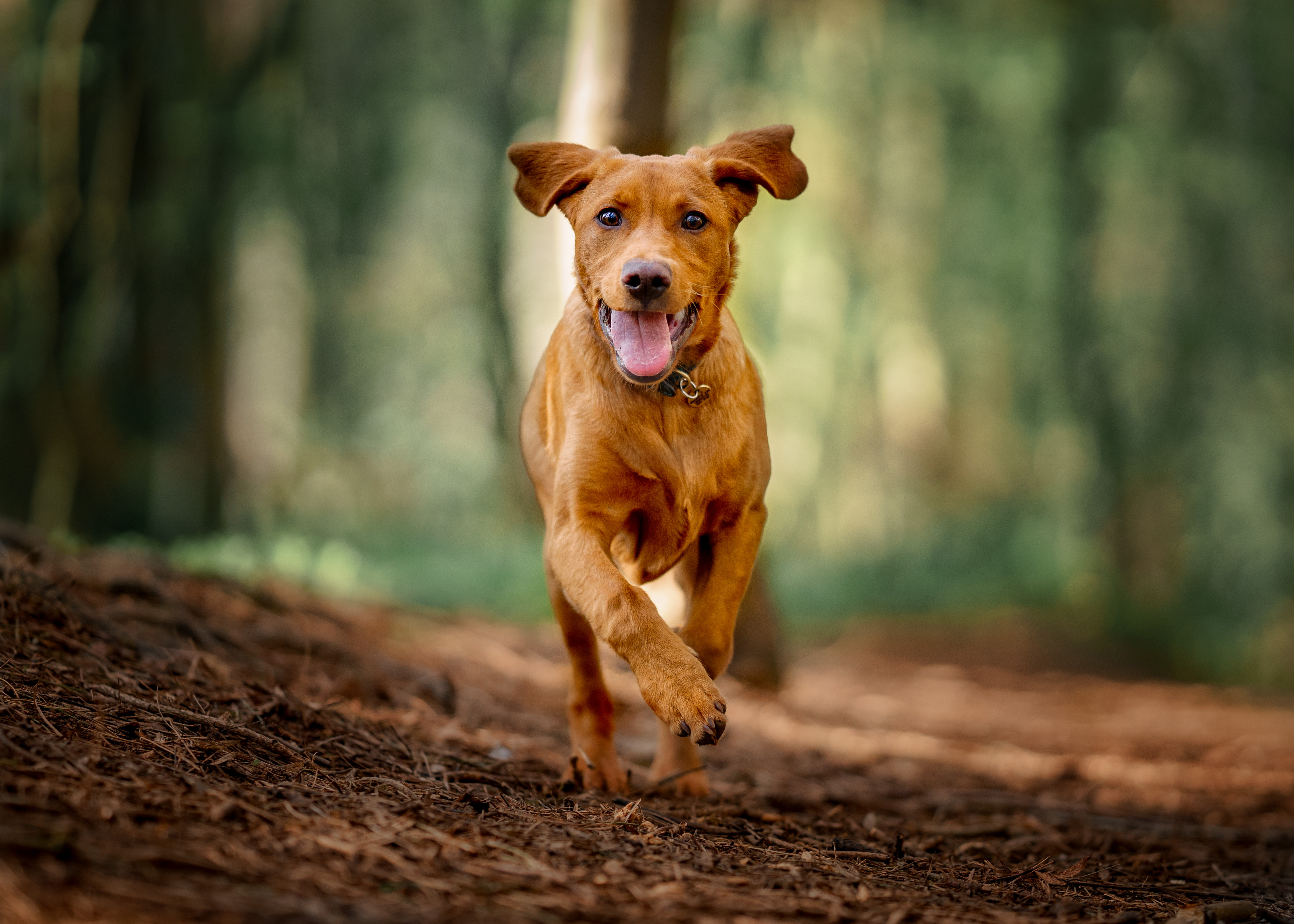
Credit: Getty Images
Dog recall training: Six tips from champion dog trainer Ben Randall
Training your dog is not easy — and with the huge recent rise in dog ownership, it's never been a better
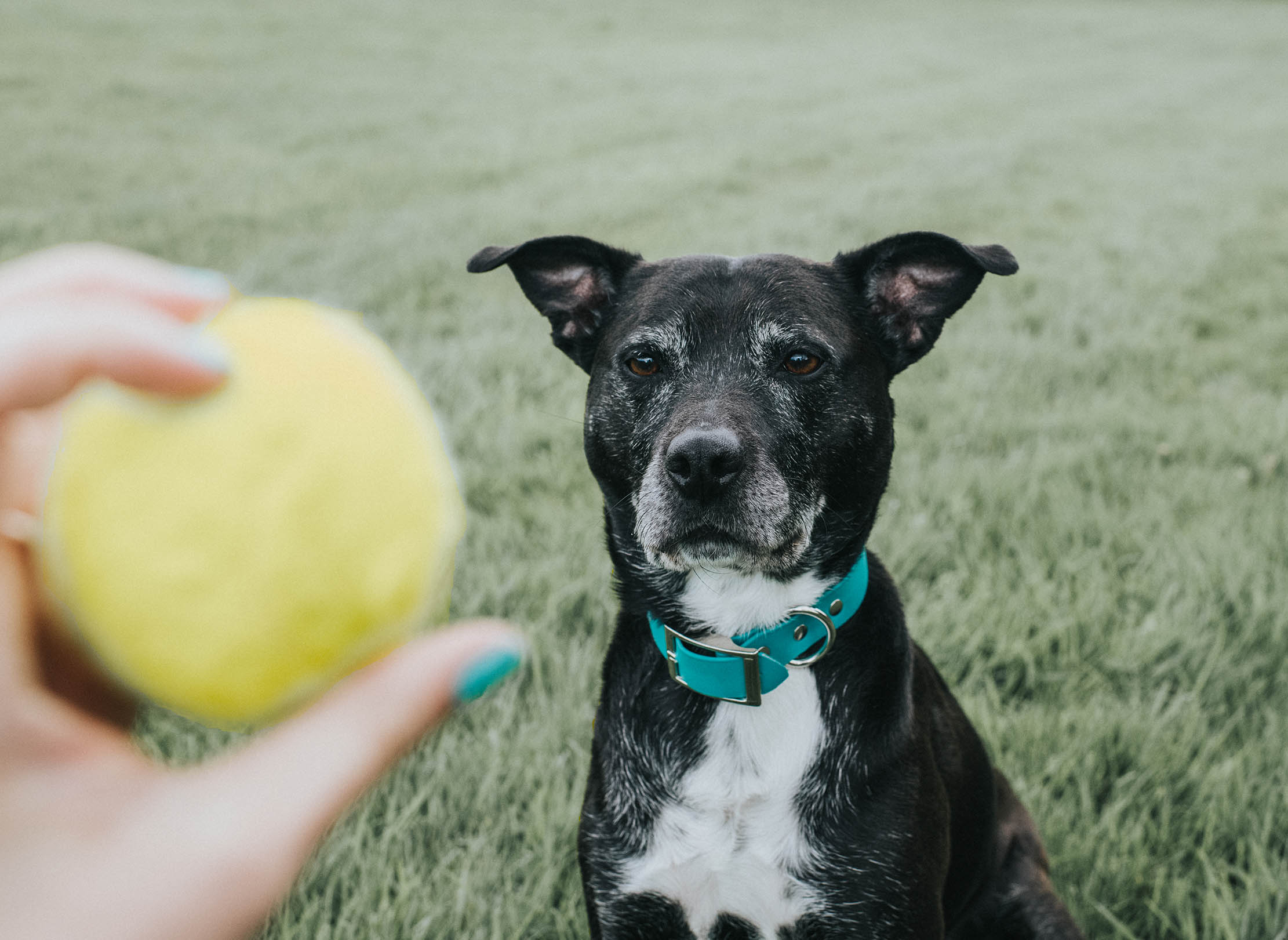
How to get your dog to play fetch, by expert trainer Ben Randall
There are plenty of dogs who'll run all day playing fetch, or who'll do anything for a bit of kibble.
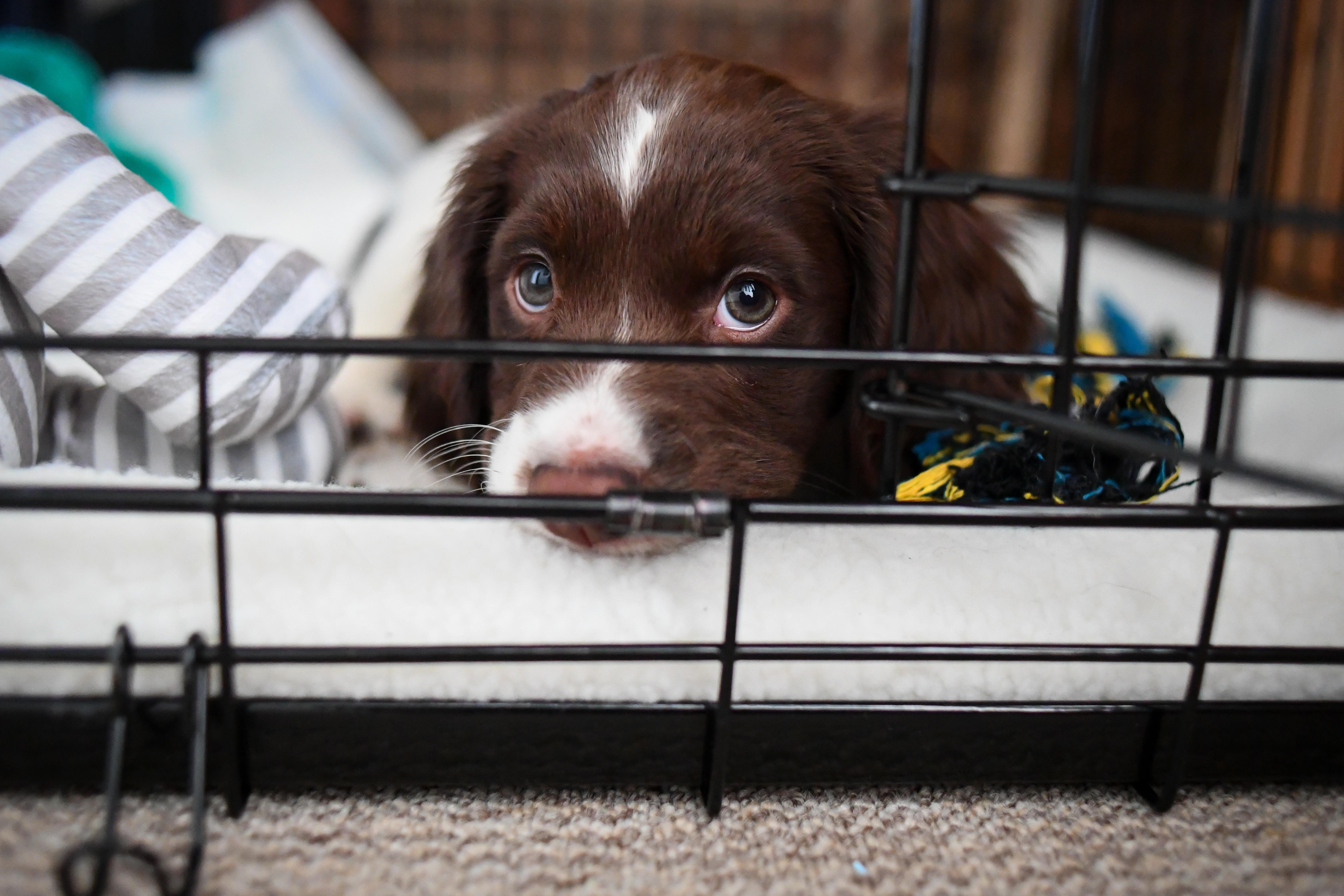
Crate training a puppy: Six tips from expert dog trainer Ben Randall
Puppy crate training can be tricky, yet it can pay dividends in all sorts of ways — even making puppy toilet
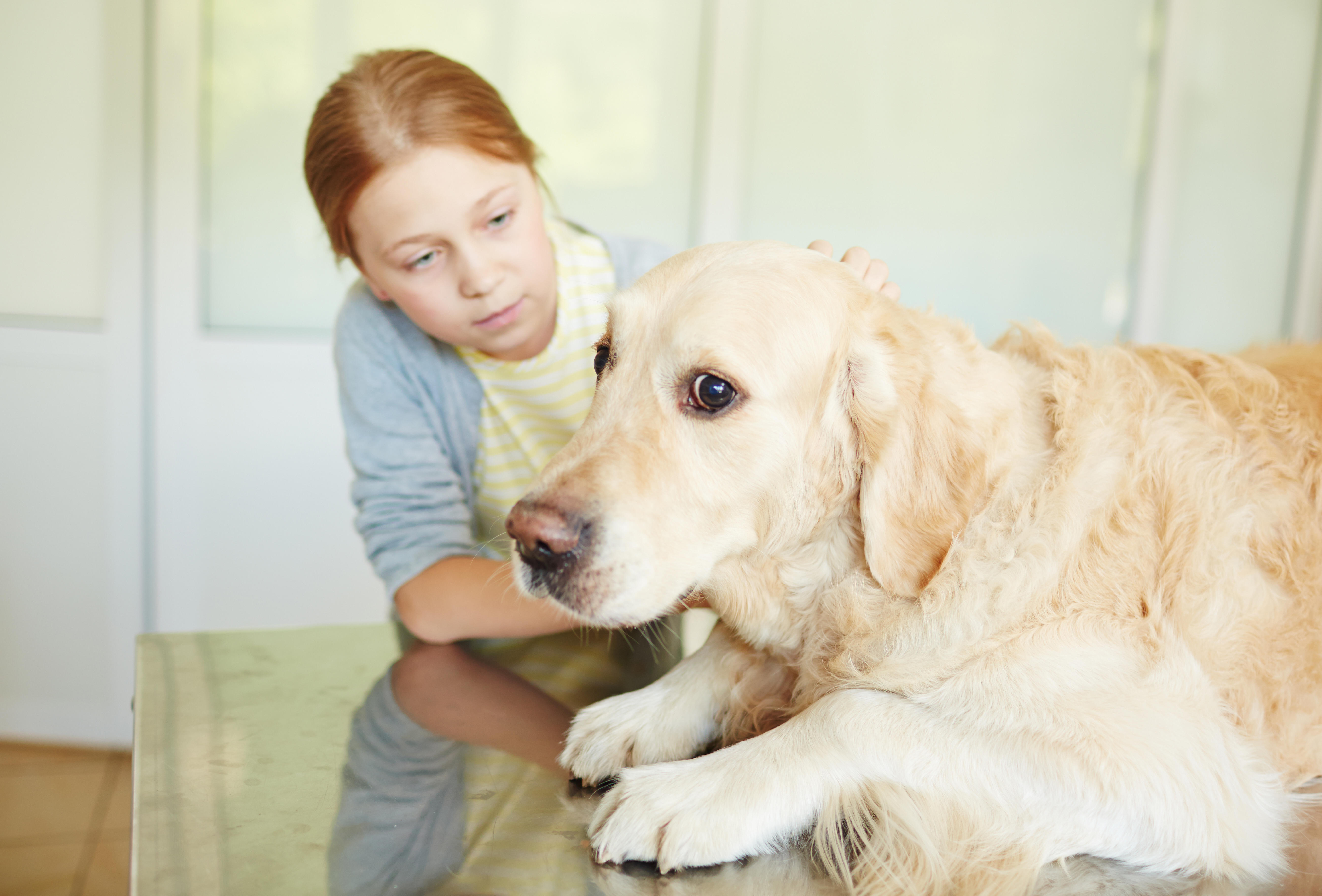
How to keep your dog calm going to the vet, by award-winning trainer Ben Randall
Some dogs seem to have a sixth sense about going to the vet, so what hope is there of getting
